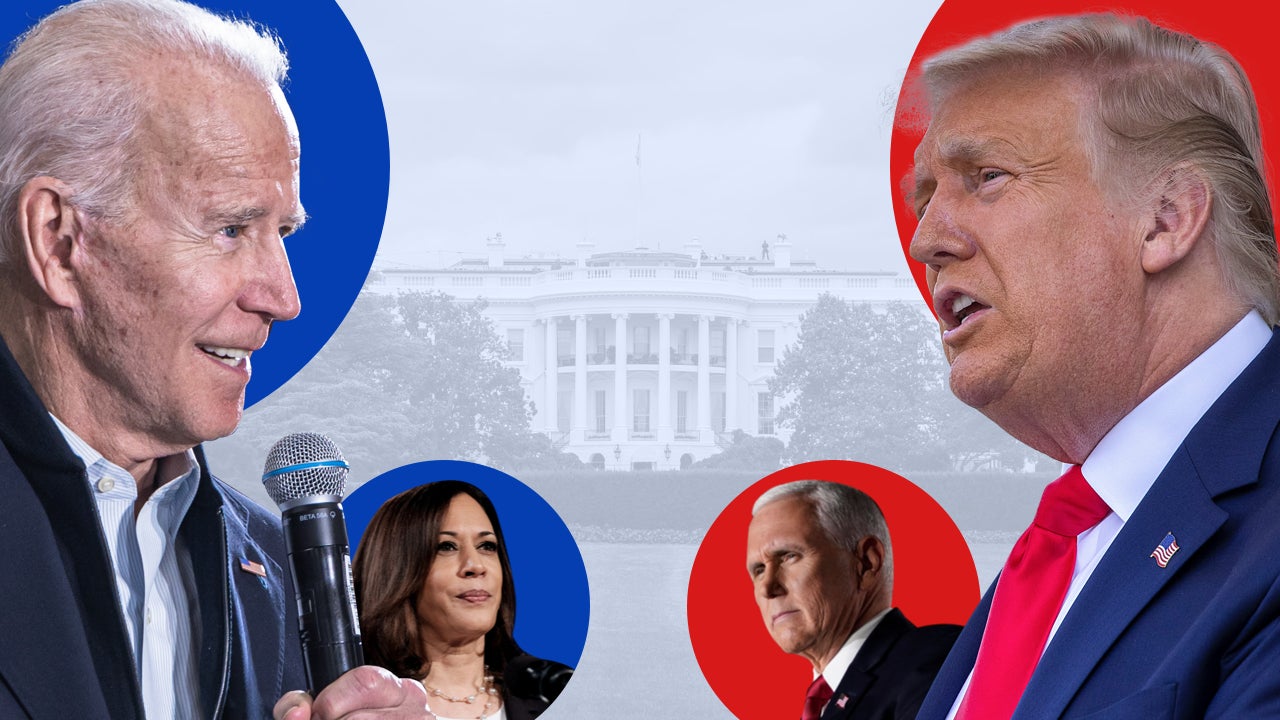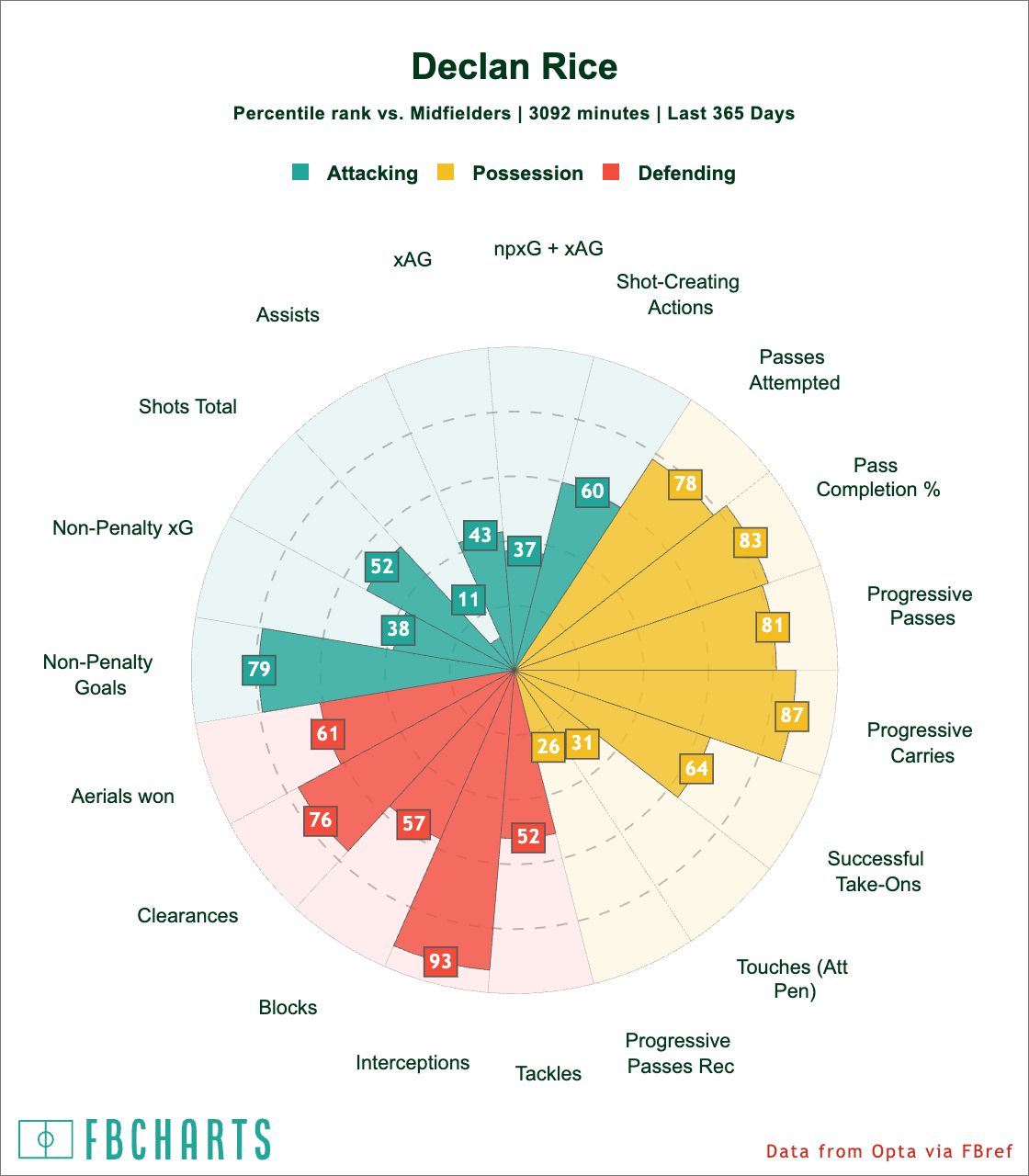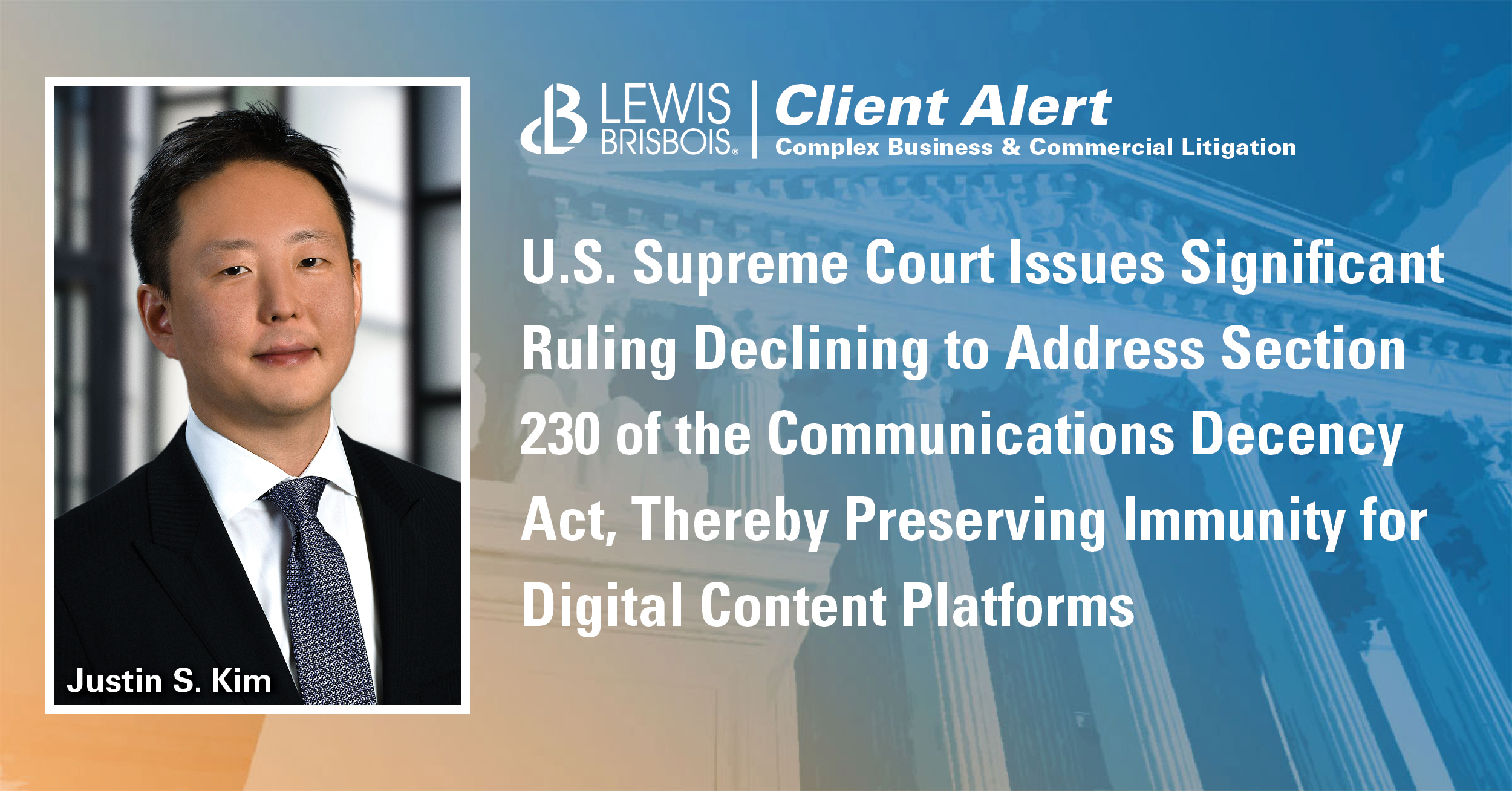Biden's Economic Policies: A Critical Analysis

Table of Contents
The American Rescue Plan and its Economic Impact
The American Rescue Plan (ARP), a $1.9 trillion stimulus package enacted in March 2021, served as a cornerstone of Biden's early economic response. This significant fiscal policy intervention aimed to mitigate the economic fallout from the COVID-19 pandemic.
- Direct Payments: The ARP provided direct payments to most American adults, aiming to boost consumer spending and stimulate demand.
- Enhanced Unemployment Benefits: The plan extended and enhanced unemployment benefits, providing crucial financial support to millions of unemployed Americans.
- State and Local Government Aid: Significant funding was allocated to state and local governments to prevent budget cuts and maintain essential services.
The plan's impact on GDP growth was noticeable in the short term, contributing to a period of robust economic expansion. Employment rates also saw improvement. However, the ARP also faced criticism. Concerns arose regarding its potential inflationary effects, with some economists arguing that the massive injection of government spending fueled rising prices. Alternative approaches, such as more targeted aid or infrastructure investment, were suggested by critics as potentially more effective and less inflationary. Analyzing data from the Bureau of Economic Analysis (BEA) and the Bureau of Labor Statistics (BLS) provides a clearer picture of the plan's actual effects on key economic indicators. Ultimately, the long-term effects of the ARP on the American economy remain a subject of ongoing debate and further economic analysis.
Infrastructure Investment and Job Creation
Biden's administration prioritized infrastructure investment, viewing it as a crucial driver of long-term economic growth and job creation. The Bipartisan Infrastructure Law, a $1 trillion investment package, allocates funds to modernize America's infrastructure.
- Roads and Bridges: Significant funding is directed towards repairing and upgrading the nation's aging roads and bridges.
- Public Transit: Investments are planned to improve public transportation systems across the country.
- Broadband Internet: The law aims to expand access to high-speed internet, bridging the digital divide.
- Electric Grid: Modernizing the electric grid is a key component, supporting the transition to renewable energy sources.
This infrastructure spending promises to create numerous jobs in construction, engineering, and related sectors. The potential for generating "green jobs" in renewable energy and related industries is particularly significant. However, challenges remain. Supply chain disruptions and potential labor shortages could hinder implementation. The geographic distribution of infrastructure projects and their potential to address regional economic disparities are also key considerations for evaluating the long-term economic benefits of this initiative.
Inflation and the Federal Reserve's Response
Inflation emerged as a major economic challenge during Biden's presidency, reaching levels not seen in decades. This presented a significant policy dilemma.
- Contributing Factors: Several factors contributed to rising inflation, including supply chain disruptions, increased demand following the pandemic, and expansionary fiscal policies.
- Federal Reserve Response: The Federal Reserve (the Fed) responded to inflation by raising interest rates, aiming to cool down the economy and curb price increases. This monetary policy approach, however, carries risks.
- Economic Growth Trade-offs: Raising interest rates, while helping control inflation, can also slow economic growth, potentially leading to job losses and a recession. The Fed needs to carefully balance these competing objectives.
- Alternative Approaches: Some economists advocate for alternative approaches, such as targeted fiscal policies to address supply-side constraints, rather than relying solely on interest rate hikes.
Analyzing inflation rates and interest rate changes over time, using charts and graphs from sources like the Federal Reserve Economic Data (FRED) database, helps visualize the dynamics between fiscal and monetary policies in managing inflation. Understanding the impact of inflation on different income groups is also critical, as lower-income households are disproportionately affected by rising prices.
Social Safety Net Programs and Economic Inequality
Addressing economic inequality is a central theme in Biden's economic agenda. Expansion of the social safety net is viewed as a key strategy.
- Affordable Healthcare: Policies aim to expand access to affordable healthcare through initiatives like the Affordable Care Act.
- Childcare: Increased investment in childcare aims to reduce the burden on families and improve access to quality care.
- Other Social Programs: Enhancements to other social programs such as food assistance and housing assistance aim to reduce poverty and improve living standards for low-income families.
The Child Tax Credit expansion, for example, provided significant financial relief to many families. Evaluating the effectiveness of these programs requires careful assessment of their impact on poverty rates and income inequality. This necessitates a detailed analysis of income distribution data before and after policy implementation. Weighing the costs and potential long-term budgetary implications of these expanded social programs against their potential benefits remains a key area of ongoing debate.
Conclusion
This analysis has examined key aspects of President Biden's economic policies, including the American Rescue Plan, infrastructure investments, the response to inflation, and initiatives addressing economic inequality. The effectiveness of these policies has been subject to ongoing debate, with varying opinions on their success in stimulating growth, controlling inflation, and reducing inequality. Further study and time will be necessary to fully assess their long-term impact. To stay informed on the evolving landscape of Biden's economic policies and their effects on the American economy, continue following reputable news sources and economic analysis. Understanding the complexities of Biden's economic policies is crucial for informed civic engagement.

Featured Posts
-
 Family Mourns The Loss Of Devoted Manchester United Fan Poppy A Poignant Tribute
May 03, 2025
Family Mourns The Loss Of Devoted Manchester United Fan Poppy A Poignant Tribute
May 03, 2025 -
 Daily Lotto Results Friday 18th April 2025
May 03, 2025
Daily Lotto Results Friday 18th April 2025
May 03, 2025 -
 Finding Your Dream Home In The Sun A Practical Guide To Overseas Property
May 03, 2025
Finding Your Dream Home In The Sun A Practical Guide To Overseas Property
May 03, 2025 -
 E Bay And Section 230 A Ruling On Banned Chemical Listings
May 03, 2025
E Bay And Section 230 A Ruling On Banned Chemical Listings
May 03, 2025 -
 Los Angeles Wildfires And The Growing Market For Disaster Betting
May 03, 2025
Los Angeles Wildfires And The Growing Market For Disaster Betting
May 03, 2025
